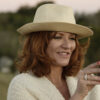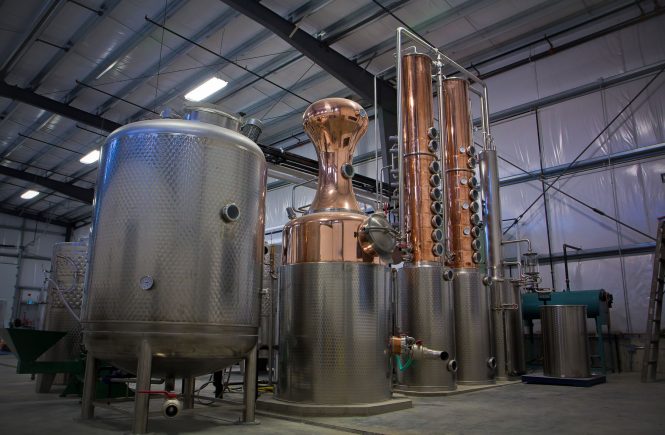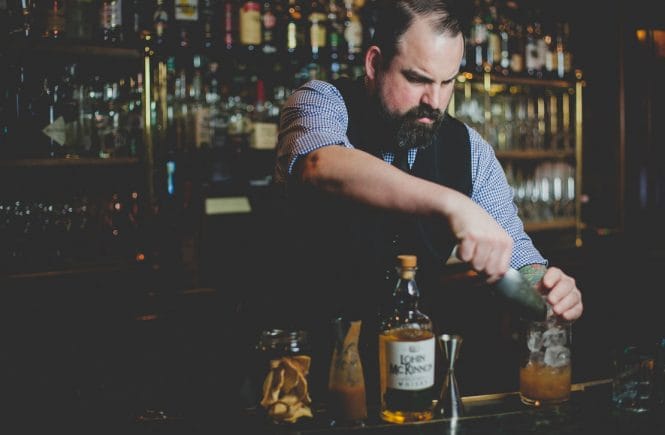Laying bare the legends and lore behind absinthe
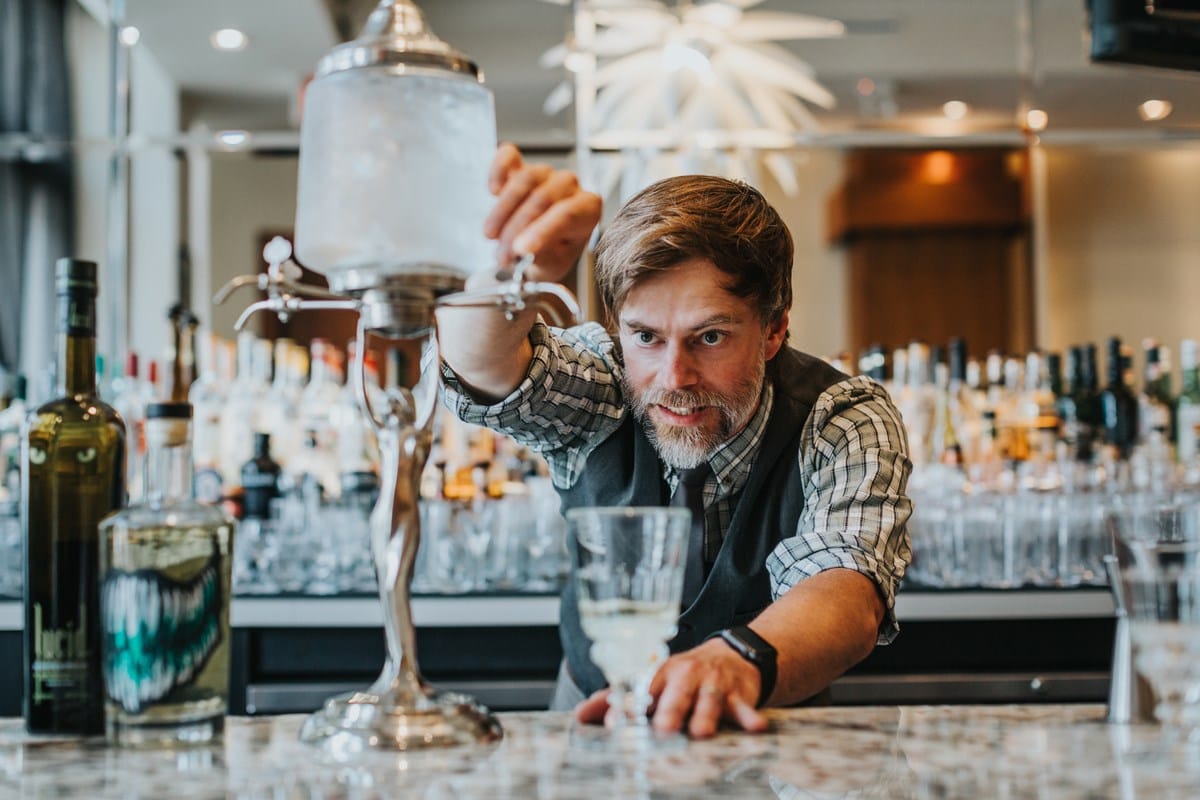
“After the first glass, you see things as they are. After the second, you see things as they are not. Finally, you see things as they really are, and that is the most horrible thing in the world.” — Oscar Wilde
Absinthe, the fabled Green Fairy that ran amok through Paris at the height of the Belle Époque, remains the most polarizing spirit on the bar shelf.
At Veneto Tapa Lounge in Victoria, an ornate absinthe fountain in the front window attracts curiosity seekers like bees to wild nectar.
“People put on the brakes, walk in, bang a couple back and start going on about how they’re going to cut off their ears,” says bar manager Simon Ogden.
I have to promise them it’s going to be OK. They’re not going to start seeing fairies and fly away.
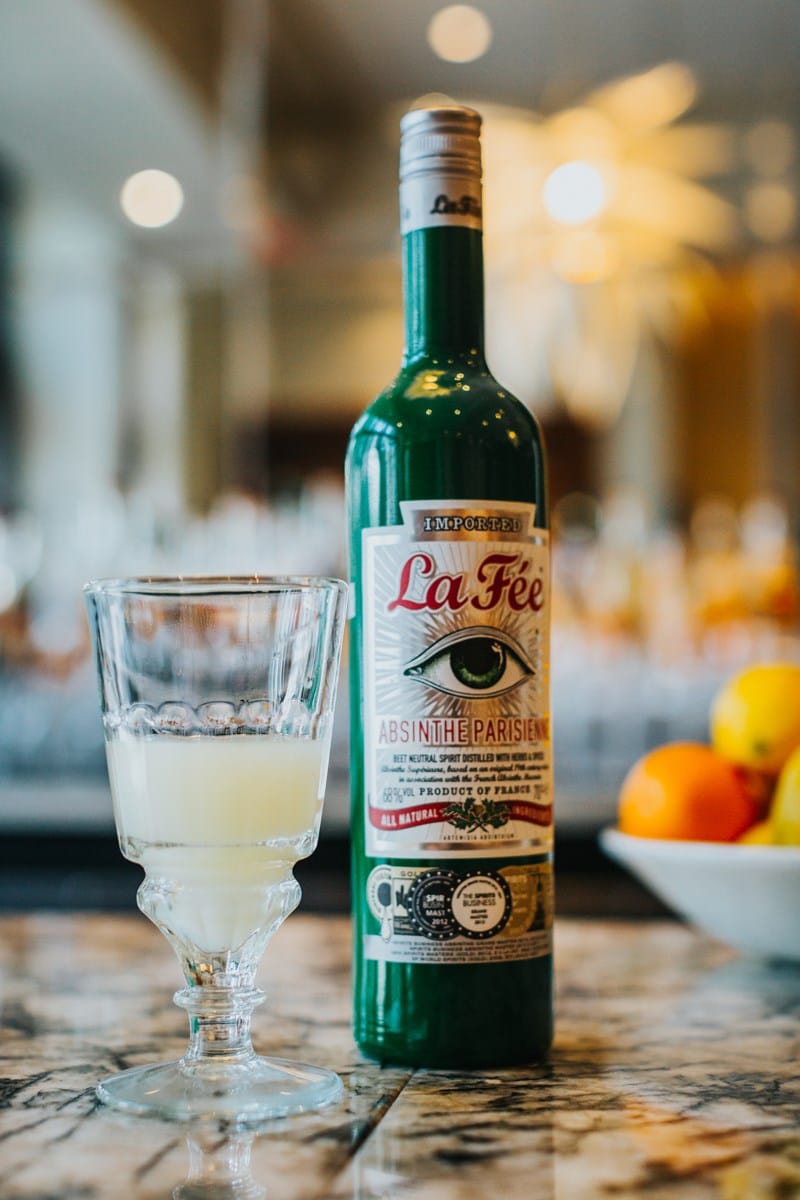
Yet over in Whistler at Cure Lounge, bar manager Rhiannon Csordas finds that even her entry-level Movie Star cocktail, which dilutes its tiny quarter-ounce of absinthe with ginger-lemongrass syrup and whisky, makes customers run for the mountains. “I have to promise them it’s going to be OK. They’re not going to start seeing fairies and fly away,” Csordas says.
Ah, the legends and lore are such a big part of absinthe’s allure. But now that three B.C. distilleries are making it — Okanagan Spirits, Pemberton Distillery and Arbutus Distillery — it is time to separate fact from fiction.
What is it?
Absinthe is an anise-flavoured spirit distilled with various botanicals, most notably wormwood. It was invented by a French doctor as a remedy for stomach upset, and was first manufactured in 1805 by Pernod Fils. By the late 19th century, it had become popular among the artistic bohemian set (Oscar Wilde, Vincent van Gogh and Henri de Toulouse-Lautrec, among others). And of course that crowd got itself into all sorts of trouble — debauchery, madness, self-mutilation, what have you — which accounts for much of the mythology.
Why was it banned?
Absinthe’s mass appeal can be traced to the 1870s phylloxera blight, which devastated European vineyards and drove up the price of wine. It was the winemakers, helped along by the temperance movement, who later led the charge for absinthe’s early 20th-century ban in the United States and much of Europe.
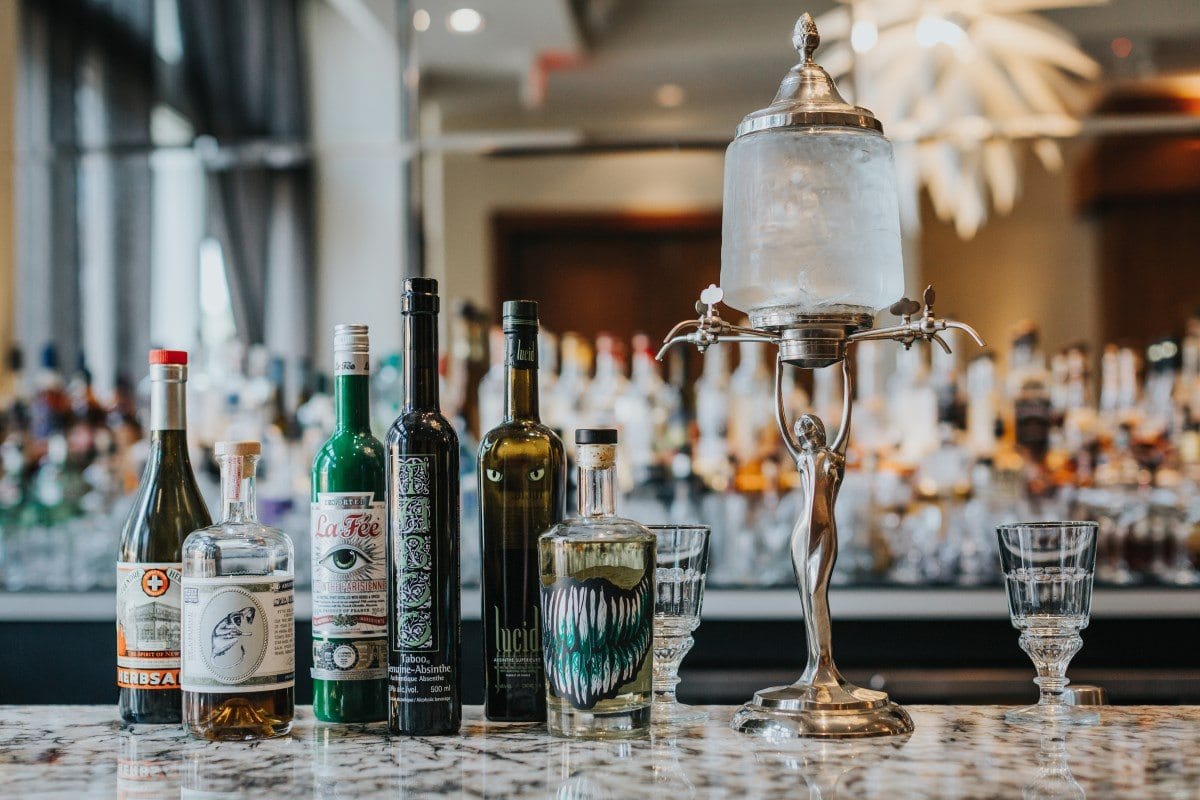
Is it legal in Canada?
Although absinthe was never banned in Canada, it wasn’t until 2000 that the first imports arrived. In 2007, Kelowna’s Okanagan Spirits launched Taboo Genuine Absinthe, the first made-in-Canada absinthe, which uses a kirsch alcohol base. It has since won two gold medals at the World Spirits Awards.
Will it make you hallucinate?
Wormwood is a bitter herb that contains a psychoactive ingredient called thujone, which is said to cause hallucinations when ingested in great quantities. But it is also a naturopathic remedy commonly found in drugstores. The levels found in locally distilled absinthe are minuscule and strictly monitored.
Why does absinthe still get a bad rap?
Because it has a high-alcohol content — the B.C. brands are 60 per cent ABV.
How should you drink it?
With chilled water, both to dilute the alcohol and to activate the milky, lava-lamp louching effect, an important part of the ritual for some. It is the oil from the anise seeds that creates la louche, and depending on the recipe, some absinthes louche better than others.
Why do bartenders love it?
In Europe, absinthe was typically taken straight as an aperitif, but, in North America, it was primarily used as a cocktail accent. “There are so many classics — the Sazerac, the Corpse Reviver No. 2 — that can’t be made without absinthe,” says Ogden. “Now that it’s back, it has opened a door to a room of beautiful drinks that we didn’t have access to before.”
J’ACCUSE! OUTRAGE AND OUTLAWED: The movement to ban absinthe gathered momentum when a peasant in Switzerland called Jean Lamfray shot dead his pregnant wife and two daughters after drinking two glasses of absinthe in 1905. In the moral outrage that followed, it was forgotten that Lamfrey was a chronic alcoholic who drank up to five litres of wine per day. Switzerland banned absinthe in 1908 and many other countries soon followed.
—by Alexandra Gill

